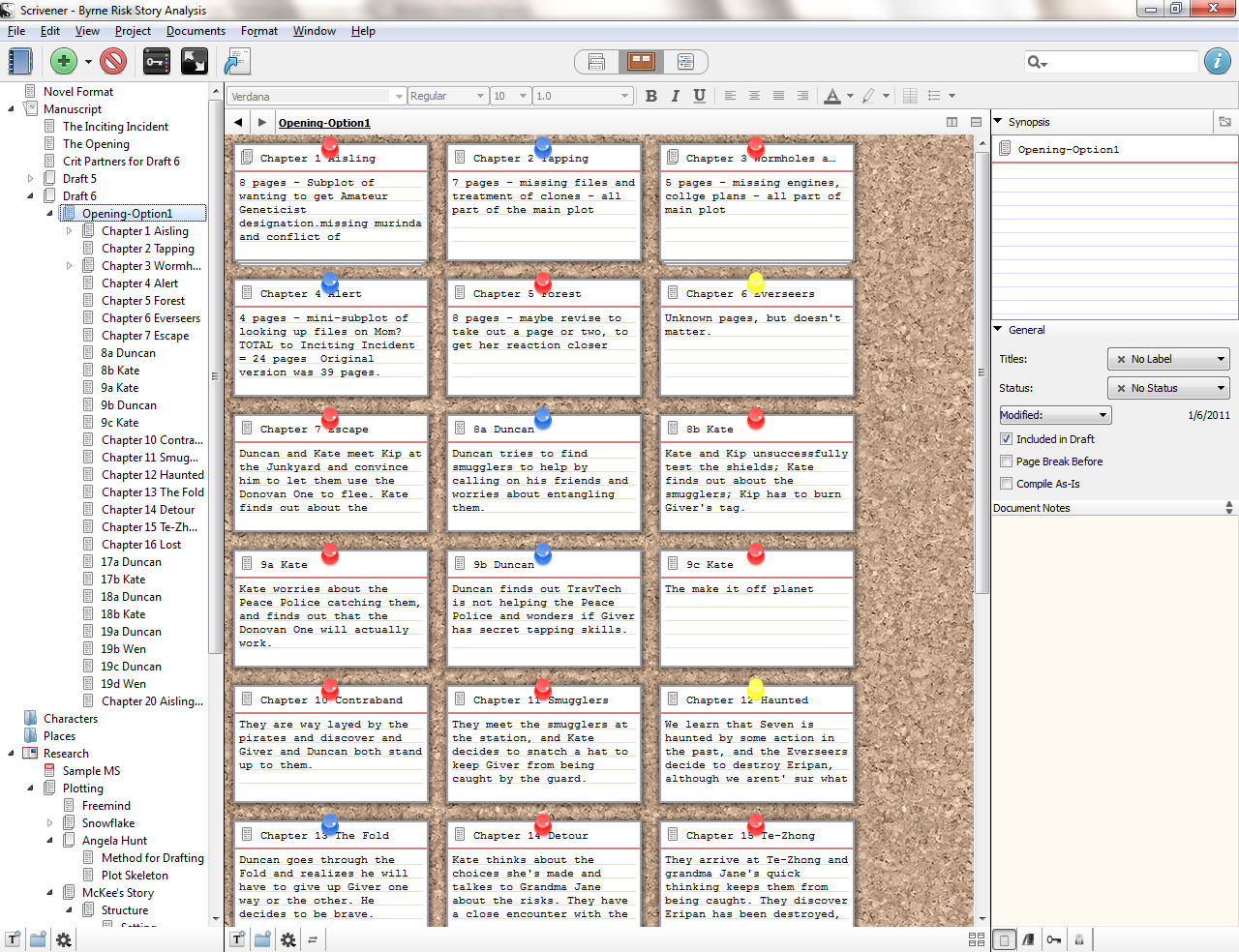Scrivener Stage Play Template

Here are a couple of free blank novel templates I’ve developed to use with the. The first one is a Google Docs spreadsheet, and the second is for Scrivener. I hope you find them useful! Scene Writing Spreadsheet Please note, you don’t need to request access to this document.
Go to ‘File >Download as’ to download the spreadsheet, or ‘File >Make a Copy’ to copy it to your Google Drive. While I love the tactile three-dimensionality of the format, eventually it’s necessary to transfer your outline from paper to computer.
For those of you who prefer a more linear approach to plotting, the spreadsheet allows you to enter a short description of each scene, and update their word counts as you write. • The sections are in story order. The numbers before the name of each stage represent the plotting order (so, the Resolution comes first, then the Stasis, etc.) • I’ve included a short summary of each stage to jog your memory, and some sample scenes to get you started. • The spreadsheet has a few extra columns that allow you to plot for multiple main characters side by side, so that you can see when each one hits a particular stage. • If you’re switching between different POVs, you might want to add another column to track which character is assigned to which scene. • If you fill in the time/date column, you will have a useful overview of your timeline. • I’ve entered sample scene word counts for NaNoWriMo (to total 50,000), to give you some idea of how the spreadsheet works, but you can update the scene word counts as you go and the totals will be calculated automatically.
Scrivener Template To use the template unzip it, then go to ‘File >New’. In the dialog, click ‘Options >Import templates’. Browse to template file and add it.
Checkproc Empty Pid File on this page. Ntlm Hash Cracker here. The template should be available in the ‘Fiction’ section whenever you need it. Scrivener is ever, and if you use it for your writing, I would recommend that you download this. It includes all of the same information as the spreadsheet, with the advantage that you won’t have to update the word counts manually! Once again I’ve used the 50K for the total, but please update as your story requires.
• The outliner view gives you a good overview of your scene and stage word counts, while the corkboard view allows you to quickly look through your scene descriptions. You can turn on synopses in the outliner too, but I find it a bit cluttered. • You can choose to set up the stages in separate folders, or, if you want to set up your own folder hierarchy, use the label colours to assign each scene to a stage. • I haven’t set up meta-data fields for different characters or subplots, but you can easily add them yourself, and then view them as columns in the outliner. • I’ve also included four of my that I find particularly helpful with plotting. You will find them in the ‘worksheets’ folder. • If you need to learn how to use Scrivener for outlining, writing, editing or even blogging, on the subject.